1. Bui DT, Cordeiro PG, Hu QY, Disa JJ, Pusic A, Mehrara BJ. Free flap reexploration: indications, treatment, and outcomes in 1193 free flaps. Plast Reconstr Surg. 2007; 119:2092–100.

2. Sigurdsson GH. Perioperative fluid management in microvascular surgery. J Reconstr Microsurg. 1995; 11:57–65.

3. Booi DI. Perioperative fluid overload increases anastomosis thrombosis in the free TRAM flap used for breast reconstruction. Eur J Plast Surg. 2011; 34:81–6.

4. Lorenzetti F, Salmi A, Ahovuo J, Tukiainen E, Asko-Seljavaara S. Postoperative changes in blood flow in free muscle flaps: a prospective study. Microsurgery. 1999; 19:196–9.

5. Ichinose A, Tahara S, Terashi H, Yokoo S. Reestablished circulation after free radial forearm flap transfer. J Reconstr Microsurg. 2004; 20:207–13.

6. Numata T, Iida Y, Shiba K, et al. Usefulness of color Doppler sonography for assessing hemodynamics of free flaps for head and neck reconstruction. Ann Plast Surg. 2002; 48:607–12.

7. Hanasono MM, Ogunleye O, Yang JS, Hartley CJ, Miller MJ. Changes in blood velocity following microvascular free tissue transfer. J Reconstr Microsurg. 2009; 25:417–24.

8. Lorenzetti F, Ahovuo J, Suominen S, Salmi A, Asko-Seljavaara S. Colour Doppler ultrasound evaluation of haemodynamic changes in free tram flaps and their donor sites. Scand J Plast Reconstr Surg Hand Surg. 2002; 36:202–6.

9. Bodor R, Yoleri L, Zhang F, Buncke GM, Lineaweaver WC, Buncke HJ. Blood-flow velocity as a factor in postoperative microvascular patency. J Reconstr Microsurg. 1997; 13:463–70.

10. Szilagyi DE, Whitcomb JG, Schenker W, Waibel P. The laws of fluid flow and arterial grafting. Surgery. 1960; 46:55–73.
11. Miyamoto S, Takushima A, Okazaki M, Ohura N, Minabe T, Harii K. Relationship between microvascular arterial anastomotic type and area of free flap survival: comparison of end-to-end, end-to-side, and retrograde arterial anastomosis. Plast Reconstr Surg. 2008; 121:1901–8.

12. Yoon AP, Jones NF. Critical time for neovascularization/angiogenesis to allow free flap survival after delayed postoperative anastomotic compromise without surgical intervention: a review of the literature. Microsurgery. 2016; 36:604–12.

13. Seidenberg B, Hurwitt ES, Carton CA. The technique of anastomosing small arteries. Surg Gynecol Obstet. 1958; 106:743–6.
14. O’Brien BM, Morrison WA, Ishida H, MacLeod AM, Gilbert A. Free flap transfers with microvascular anastomoses. Br J Plast Surg. 1974; 27:220–30.
15. Monsivais JJ. Microvascular grafts: effect of diameter discrepancy on patency rates. Microsurgery. 1990; 11:285–7.

16. Fieldman JS, Phong DH, Saint-Aubin Y, Vinet L, editors. Biology and mechanics of blood flows, part II: mechanics and medical aspects. New York: Springer Science+Business Media LLC;2007. Chapter 4-2, Blood rheology; p. 119-22.
17. Taylor KJ, Holland S. Doppler US. Part I. Basic principles, instrumentation, and pitfalls. Radiology. 1990; 174:297–307.

18. Zhang F, Oliva A, Kao SD, Newlin L, Buncke HJ. Microvascular vein grafts in the rat cutaneous free-flap model. J Reconstr Microsurg. 1994; 10:229–33.

19. Bayramiçli M, Tetik C, Sönmez A, Gürünlüoğlu R, Baltaci F. Reliability of primary vein grafts in lower extremity free tissue transfers. Ann Plast Surg. 2002; 48:21–9.
20. Darius O. The clipped microvascular anastomosis: hemodynamical, morphological and surgical evaluation. Belgium: Leuven University Press;2004.
21. del Zoppo GJ. Virchow’s triad: the vascular basis of cerebral injury. Rev Neurol Dis. 2008; 5(Suppl 1):S12–21.
22. Allan BD. Mechanism of iris prolapse: a qualitative analysis and implications for surgical technique. J Cataract Refract Surg. 1995; 21:182–6.

23. Beris AE, Soucacos PN, Touliatos AS. Experimental evaluation of the length of microvenous grafts under normal tension. Microsurgery. 1992; 13:195–9.

24. Recordati G. The contribution of the giraffe to hemodynamic knowledge: a unified physical principle for the circulation. Cardiologia. 1999; 44:783–9.
25. Chen KT, Mardini S, Chuang DC, et al. Timing of presentation of the first signs of vascular compromise dictates the salvage outcome of free flap transfers. Plast Reconstr Surg. 2007; 120:187–95.

26. Siemionow M, Andreasen T, Chick L, Lister G. Effect of muscle flap denervation on flow hemodynamics: a new model for chronic in vivo studies. Microsurgery. 1994; 15:891–4.

27. Lorenzetti F, Giordano S, Tukiainen E. Intraoperative hemodynamic evaluation of the latissimus dorsi muscle flap: a prospective study. J Reconstr Microsurg. 2012; 28:273–8.

28. Chen LE, Seaber AV, Bossen E, Urbaniak JR. The effect of acute denervation on the microcirculation of skeletal muscle: rat cremaster model. J Orthop Res. 1991; 9:266–74.

29. Nasir S, Baykal B, Altuntaş S, Aydin MA. Hemodynamic differences in blood flow between free skin and muscles flaps: prospective study. J Reconstr Microsurg. 2009; 25:355–60.

30. Kurita M, Takushima A, Shiraishi T, Okazaki M, Ozaki M, Harii K. Alteration of arterial blood flow after free muscle transfer. Ann Plast Surg. 2010; 64:477–81.

31. Lorenzetti F, Giordano S, Suominen E, Asko-Seljavaara S, Suominen S. Intraoperative hemodynamic evaluation of the radial and ulnar arteries during free radial forearm flap procedure. J Reconstr Microsurg. 2010; 26:73–7.

32. Lorenzetti F, Kuokkanen H, von Smitten K, Asko-Seljavaara S. Intraoperative evaluation of blood flow in the internal mammary or thoracodorsal artery as a recipient vessel for a free TRAM flap. Ann Plast Surg. 2001; 46:590–3.

33. Nasir S, Aydin MA, Sonmez E, Baykal B. Flow-through free latissimus dorsi flap for reconstruction of injured limbs: evaluation of hemodynamic effects on extremity circulation. Ann Plast Surg. 2010; 65:164–9.
34. Cooley BC, Lan M, Gould JS. Rat femoral vein-to-vein grafts as a microvascular practice model: factors that influence patency. Microsurgery. 1991; 12:43–5.

35. Buncke HJ, Alpert B, Shah KG. Microvascular grafting. Clin Plast Surg. 1978; 5:185–94.

36. Fujikawa S, O'Brien BM. An experimental evaluation of microvenous grafts. Br J Plast Surg. 1975; 28:244–6.

37. Salgado CJ, Smith A, Kim S, et al. Effects of late loss of arterial inflow on free flap survival. J Reconstr Microsurg. 2002; 18:579–84.

38. Lee CH, Han SK, Dhong ES, Kim HP, Kim WK. The fate of microanastomosed digital arteries after successful replantation. Plast Reconstr Surg. 2005; 116:805–10.

39. Lorenzetti F, Suominen S, Tukiainen E, et al. Evaluation of blood flow in free microvascular flaps. J Reconstr Microsurg. 2001; 17:163–7.

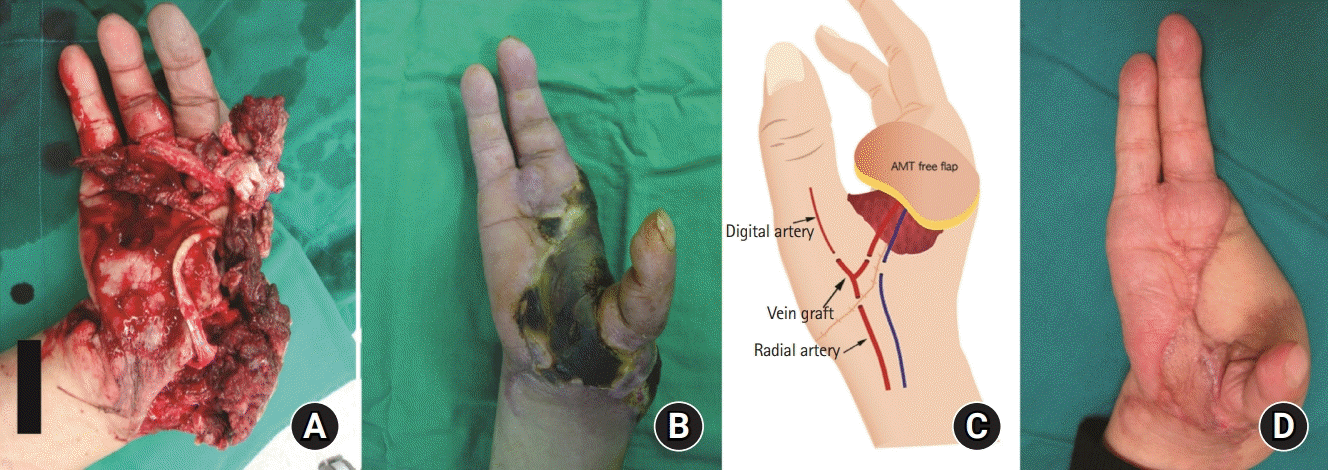
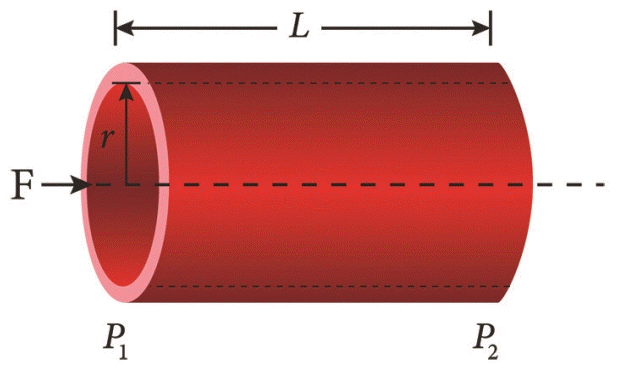
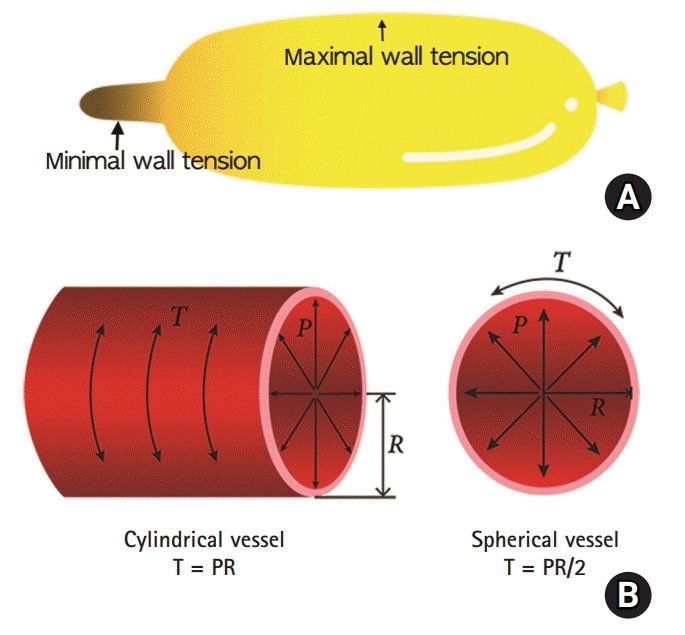




 PDF
PDF Citation
Citation Print
Print



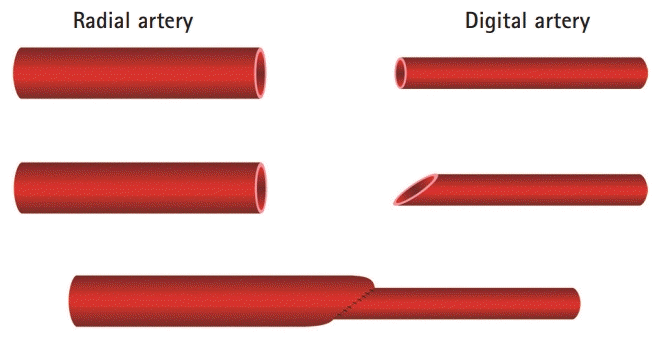
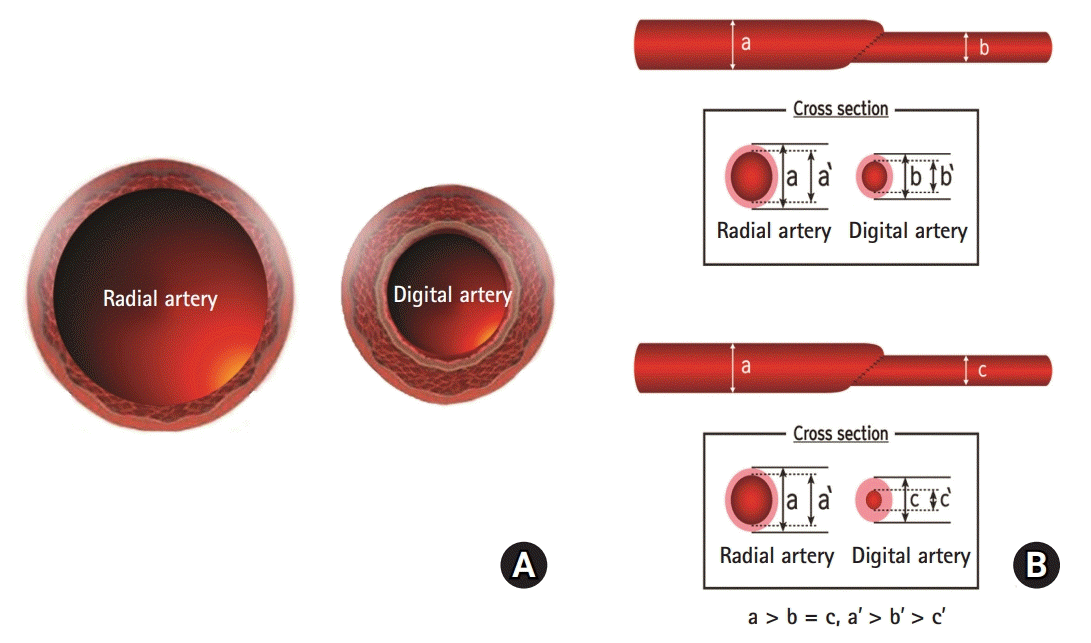
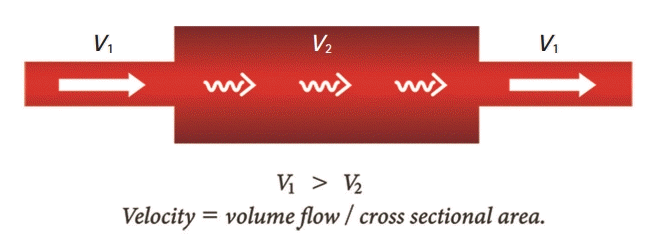

 XML Download
XML Download